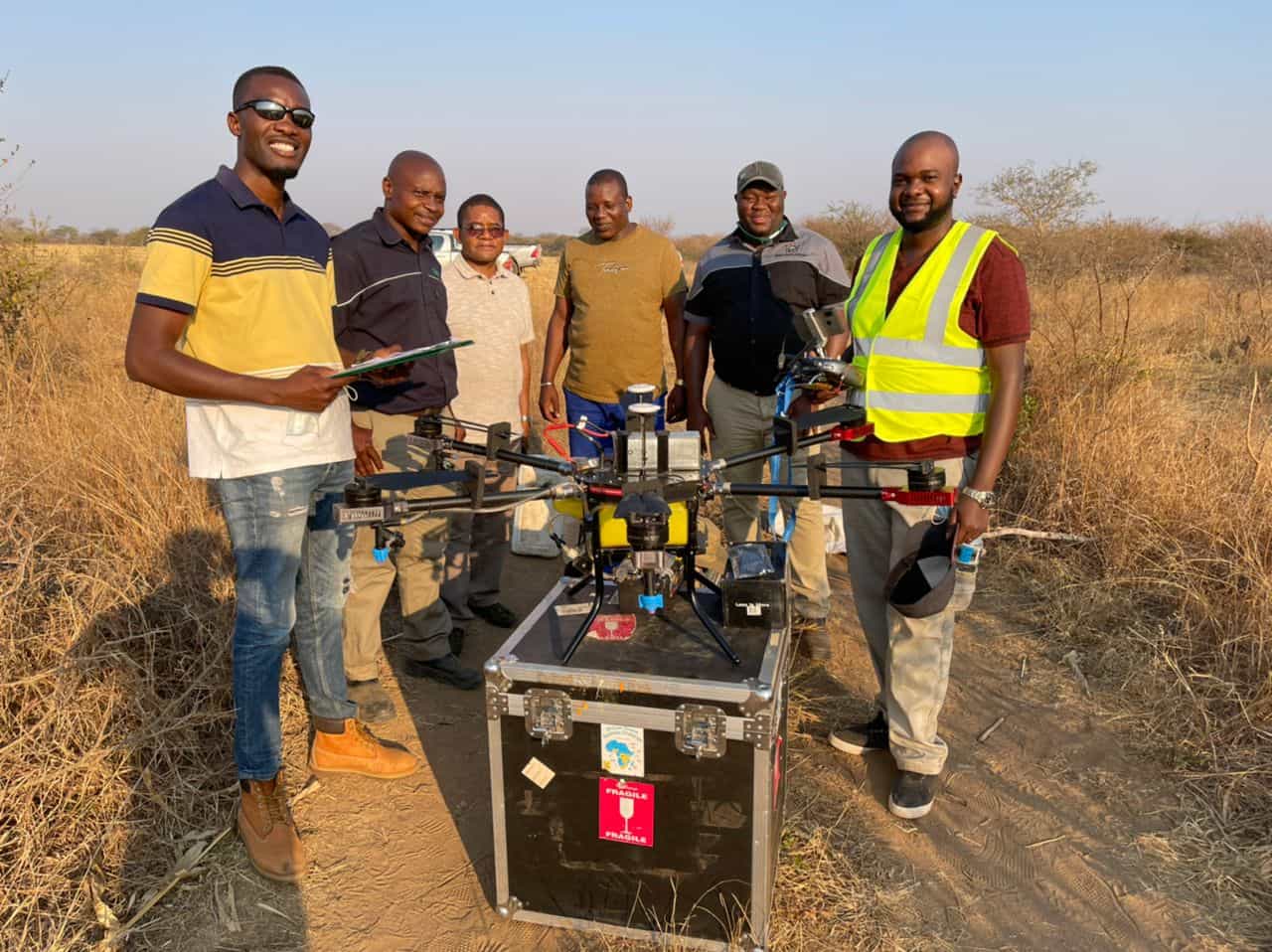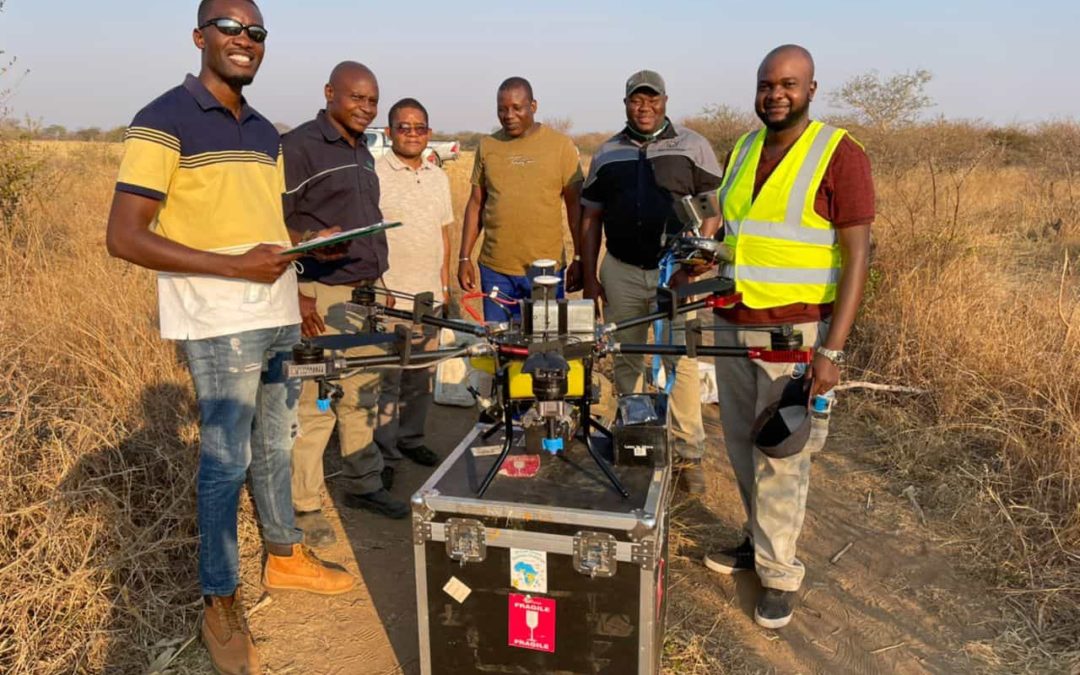
Not so long ago, drones in most African countries were mainly used in film production, photography, and other leisure activities.
However when time lapses, the Observer Research Foundation (ORF) opine that drone technology in Africa was roped in to smoothen or enhance a number of social and commercial activities. These include:
- Observing the movement of displaced vulnerable groups
- Carrying out search and rescue missions in disaster-risk zones
- Deliver emergency medical supplies to inaccessible areas
- Map and survey rural land
- Agriculture
- Wildlife conservation
Rising to the occasion, Zimbabwe recently made a deliberate effort to harness drone technology in pests and border control. The country recently announced plans to fight quelea birds and smuggling using this technology which has proved to be effective elsewhere around the world.
Zimbabwe’s Minister of Information, Publicity, and Broadcasting Services, Monica Mutsvangwa told journalists on September 7:th, 2020 that the country was adopting the use of drones to fight quelea birds threatening a thriving winter wheat crop in most farming areas in the country.
“The Quelea bird menace remains a major threat in all provinces, and farmers are accessing bird shield chemical from GMB (Grain Marketing Board). The use of drones to complement knapsack spraying has been adopted to improve efficiency and reduce costs as efforts to save the crop (winter wheat) from the migratory birds continue,” she said.
Zimbabwe’s Permanent Secretary in the Ministry of Lands, Agriculture, Fisheries, Water and Rural Resettlement, Dr. John Basera tweeted: “Greetings from the Midlands (province in central Zimbabwe). Quelea control using drone technology, imagine one bird can ravage over 2g of wheat per day. Technology Can. Yes, we will!”
Greetings from the Midlands. Quealea control using the drone technology. Imagine one bird can ravage over 2g of wheat/day 😉 Technology Can. ZimCan.
Yes, we will! pic.twitter.com/dcB2c7sIqk— John Basera (@basera_john) September 7, 2021
On September 4:th, 2020 The Chronicle reported that Zimbabwe has acquired drones worth US$2 million to enhance border control and patrol in a bid to curb various crimes such as smuggling and illegal border crossing.
Zimbabwe National Chamber of Commerce estimates that the country is losing US$80 million to various illegal activities at the country’s land borders and along border lines some of which are characterized by mountains and rivers such as Zambezi and Limpopo.
Commenting on the same issue, Zimbabwe’s Minister of Home Affairs and Cultural Heritage, Kazembe Kazembe told The Chronicle that manpower alone would not be adequate in fighting border-related crimes hence the need to incorporate technology.
“We have beefed up security personnel, but over and above that, we are in the process of deploying new technologies and so far Treasury has bought drones to be used to patrol those areas (border and border lines),” Kazembe said.
Zimbabwe shares borders with countries that include, Botswana (to the west), South Africa (to the South), Zambia (to the North), and Mozambique (to the east).
The Southern African country has a total of 16 borders.
According to the Institute of Security Studies, the global commercial drone market is forecasted to reach US$43 billion by 2024, with Rwanda, Ghana, South Africa, and Kenya expected to be Africa’s biggest users.





